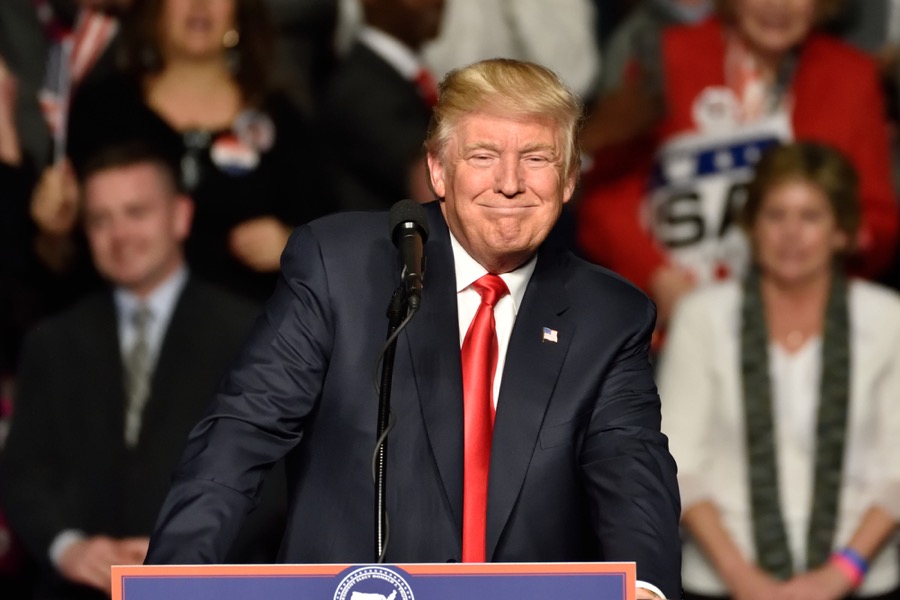Trump to relax carbon limits on power plants to support US coal

The Trump administration proposed Tuesday new rules for regulating carbon dioxide emissions from electricity generation, in a move that could keep aging coal-fired plants running longer and which is part of its strategy to support US coal mining.
The suggested pollution standards for power plants, known as the Affordable Clean Energy rule, are expected to cut retail electricity prices by just 0.2% to 0.5% by 2025, compared to the levels if President Barack Obama’s Clean Power Plan had gone into full effect.
The implementation of those rules were halted by the Supreme Court in 2016, to give the courts time to consider the arguments over whether the Environmental Protection Agency (EPA) had exceeded its legal authority.
The proposed rules are Trump’s latest attempt to fulfill campaign promises to revive the coal industry and restore mining jobs.
“There is nothing clean or affordable about this rule,” said Carter Roberts, president and CEO of the World Wildlife Fund, an advocacy group, in a statement. “Coal plants emit more carbon pollution than all other sources. They’re often more expensive than natural gas, solar, or wind energy. And worst of all, they impose severe public health costs on us all.”
But officials from the EPA say the proposal would provide companies with an incentive to update their operations, adding the agency has other policies that reduce traditional pollutants.
According to the agency estimations, the power sector’s greenhouse gas emissions would continue to decline in coming years, but due mostly to market pressures. By 2030, carbon dioxide levels would be between 0.7% 1.5% lower than they would have without any regulation in place, according to an EPA analysis.
By contrast, the Obama administration projected that its rule would have cut emissions 19% over the same time frame. However, the updated EPA analysis says the Obama rule would mean only a 4% reduction because of the ongoing shift that utilities are making to natural gas and renewable power.
Costs to the environment, public health
Industry officials praised the move. Hal Quinn, president and CEO of the National Mining Association, said the rule change was “at the top” of the coal industry’s list of policy priorities, because utility executives had been shuttering coal plants at a fast pace when faced with the prospect of curbing emissions of not just carbon dioxide, but mercury, soot and smog-forming pollutants.
EPA officials say the proposal would provide companies with an incentive to update their operations.
The proposed rules are Trump’s latest attempt to fulfill campaign promises to revive the coal industry and restore mining jobs. But experts believe they are unlikely to dramatically alter the US power mix or give a big boost to domestic coal demand, which has flagged amid competition from cheap natural gas and renewables.
Moody’s lead coal analyst Benjamin Nelson said the rules could potentially benefit coal producers by slowing the ongoing decline in demand for thermal coal in the US.
“While the proposal is a modest credit positive for the coal industry, we expect that economics will continue to drive substitution away from coal, with numerous coal-fired power plants slated for retirement in the coming years,” Nelson said in an emailed statement.
The plan would have a significant impact in both the environment and public health. The EPA expects its changes to cause an uptick in particulate matter pollution — and the asthma attacks, respiratory diseases and premature deaths tied to it. There could be 470 to 1,400 additional premature deaths in 2030 under the most ambitious proposed power plant efficiency improvements, EPA predicted. Hospital admissions and emergency room visits for asthma would also climb.
{{ commodity.name }}
{{ post.title }}
{{ post.date }}

Comments